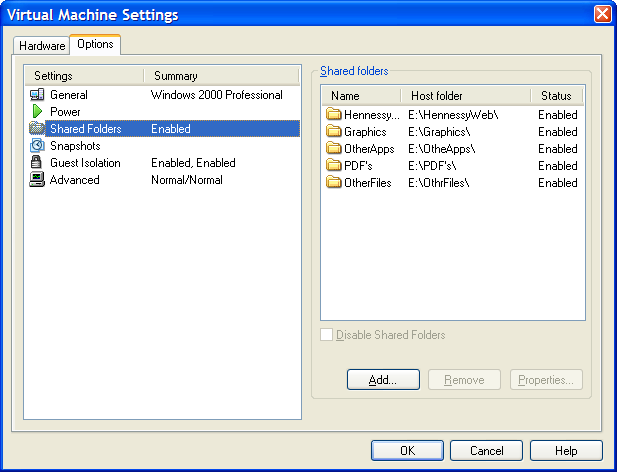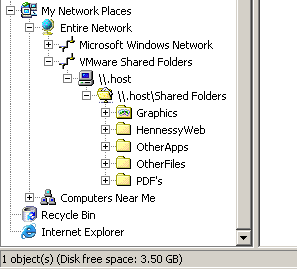TOPIC: FILE EXPLORER
Opening up Kindle for PC in a maximised window on Windows 11
18th August 2024One irritation with the Windows app for Amazon Kindle is that it does not open in a maximised window, and it scarcely remembers your size settings from session to session. Finding a solution to this sizing issue is no easy task, so I happened on one of my own that I previously used with File Explorer folder shortcuts.
The first step is to find the actual location of the Start Menu shortcut. Trying C:\Users\[User Name]\AppData\Roaming\Microsoft\Windows\Start Menu\Programs\Amazon\Amazon Kindle should do that.
Next, right-click on the Kindle icon and choose Properties from the context menu that appears. In the dialogue box that causes to appear on the screen, look for the "Run:" setting. By default, this appears as "Normal Window" but you can change this to "Maximised", which is what I did before clicking on Apply before doing the same for the OK button to dismiss the dialogue box.
If you have pinned the shortcut to the taskbar or elsewhere, you may need to unpin it and pin it again to carry over the change. After that, I found that the Kindle app opened up in a maximised window as I wanted.
Fixing Windows Update errors by clearing the SoftwareDistribution folder
30th January 2015Following a recent family death, I have ended up with the laptop belonging to the deceased and, since it has been offline most of its life, I set to getting it updated. The McAfee security suite was straightforward enough but trying Windows Update produced errors suggesting that it was not working and that a system restart was needed. Doing that did nothing, so a little further investigation was needed.
The solution turned out to be stopping the Windows Update service and clearing a certain folder before starting it again. To stop the service, I typed in services.msc into the search box on the Start Menu and clicked on the entry that appeared, which was called Services. Then I sought out the Windows Update entry, selected it and clicked on the Stop link on the left-hand side. After that, I used Windows Explorer to navigate C:\Windows\SoftwareDistribution and deleted everything in there. The, I went back to the Services window and started Windows Update again. That sorted the problem and the system began to be updated as needed.
All of this was on Windows 7, hence the mention of the Start Menu, and the machine is a Toshiba Satellite C660 from 2011 with an AMD E-300 APU, 4 GB of RAM and a 320 GB hard drive. Those specs may not be the most impressive, but it feels spritely enough and is far better than the lethargic Toshiba Equium A200-1VO that I acquired in 2008, though the HP Pavilion dm4 that I bought in November 2011 probably will travel more often than either of these if truth be told. After all, it now has 8 GB of RAM and a 1 TB Samsung SSHD along with its Core i3 CPU, so it should serve me for a while yet.
Error: User does not have appropriate authorization level for library xxxx
25th June 2008In a world where write access to a folder or directory is controlled by permission settings at the operating system level, a ready answer for when you get the above message in your log when creating a SAS data set would be to check your access. However, if you are working on Windows and your access seems fine, then SAS' generation of an access error message seems all the more perplexing.
Unlike the more black-and-white world of UNIX and Linux, Windows has other ways to change access that could throw things off from the straight and narrow. One of them, it would appear, is to right-click on the file listing pane in Windows Explorer and select "Customize this folder..." to change how it appears. The strange upshot of this is that a perpetual read-only flag is set for the folder in question, and that flag triggers SAS authorisation errors. The behaviour is very strange and unexpected when you find it, and the quickest and easiest solution sounds drastic. This involves deleting the folder and creating a new one in its place, saving anything that you want to retain in another temporary location. An alternative approach uses the attrib command and is less invasive.
It begs the question as to why Microsoft is re-appropriating a flag used for access purposes to be used to determine whether the HTML components of a folder display have been changed or not. This is very strange stuff and does not look like good software design at all. With all the other problems Microsoft creates for itself, I am not holding my breath until it's fixed, either. There seem to be other things like this waiting to catch you out when using Windows SAS, and a good place to start is SAS' own description of the problem that I have just shared.
Useful keyboard shortcuts for managing the window sizes of Windows applications
9th June 2008Maximising and minimising windows is all part and parcel of using window-based user interfaces, so it's nice to know that there are keyboard shortcuts that reduce the need to use your mouse all the time. Here are a few that work on Windows:
Alt+Space+N Minimise
Alt+Space+X Maximise
Alt+Space+R Restore (set to default)
When desktop.ini files appear on the Windows Vista desktop...
14th January 2008Being an experienced computer user, I set Windows Explorer to display hidden files when using a Windows PC. However, on my Vista-empowered laptop, that causes two desktop.ini files to appear on the desktop, one for all users and one for my user account. And displaying hidden files does not seem to be something that you can do on a folder by folder basis. With XP, this did not cause hidden files to appear on your desktop like this, so the behaviour could be seen as a step backwards.
A spot of googling exposed me to some trite suggestions regarding re-hiding files again, but deleting them seems to be the only way out. Despite the dire warnings being issued, there didn't seem to be any untoward problems caused by my actions. For now, I'll see if they stay away, yet episodes like this do make me wonder if it is time for Microsoft to stop treating us like idiots and give us things that work the way in which we want them to function. Well, I'm glad that Linux is the linchpin of my home computing world...
How to access host files in VMware Virtual Machines using Shared Folders
9th October 2007I am very surprised at myself for not realising until recently that there is a way to make host data visible to a guest operating system installed in a VMware virtual machine other than resorting to using flash drives, CD's, DVD's and the like. Though you can copy and paste from the host into the VM, I have found that to be hit-and-miss at times. It was a revelation to find VMware's Shared Folders function. My suspicion is that you need VMware Tools installed in the guest operating system to make it work, which may not be trivial for some Linux distributions or UNIX. However, I was using it with a Windows 2000 guest and a Windows XP host, and it worked like a dream.
What you see below are the shared folder settings in the host's VMware interface for that virtual machine. Just clicking on the Add... button brings up a wizard that will set up the shared folder for you; it's all very user-friendly. Look for the Edit virtual machine settings link on the VM configuration page, click that and pop over to the Options tab and this what you can get.

The result of the above spot of configuration appears in Windows Explorer like it does below. Not only are the shared folders accessible in this way, but you can also map drive letters as if they were network resources, a very nice feature. It is definitely more accessible than working out Windows networking and getting things to happen that way.

Twin-pane Windows file managers
7th May 2007When Microsoft moved away from its two pane file manager with the advent of Windows 95, I was one of those who thought it to be a retrograde step. While two Windows Explorer instances can be tiled on a desktop, the old two-pane paradigm still has its uses and there are third party purveyors of such things. Salamander from ALTAP is one such option, as is SpeedProject's SpeedCommander. While I have been using the latter for most of a year now and would gladly pay for it but for the fact that SpeedProject's payment system isn't working. It's just as well that the demo continues to function fully following the expiry of its evaluation period. It even takes the twin pane paradigm further by adding sub-panes within each of these, but that isn't all to this major update to the Norton Commander concept. Recently, I downloaded the free version of Salamander to have a look and, though basic, it does a lot of what I ask of it, so I might continue to see how it performs and may even evaluate the commercial version to see how it goes.